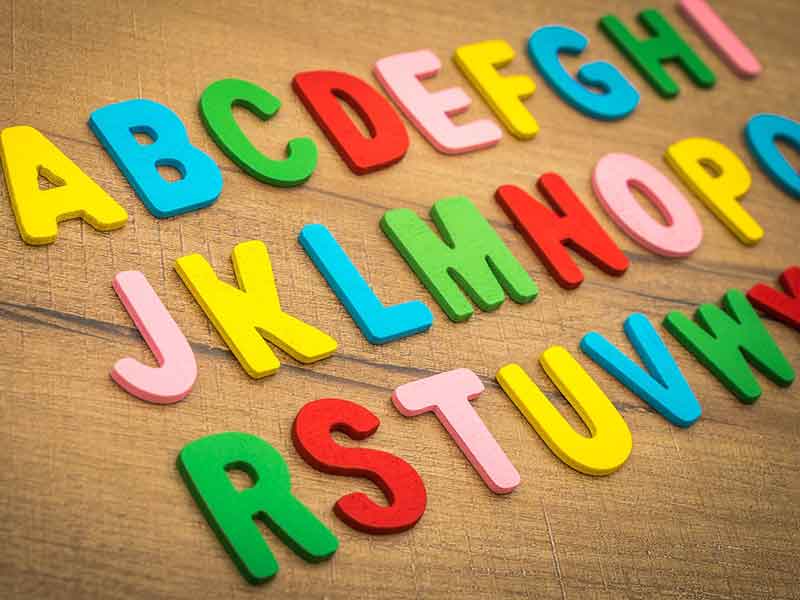What you need to know about the English alphabet?

English alphabet
Everything you need to know about the topic!
The English alphabet has a rich history, and its development has been shaped by various languages and cultures over time.
26 letters
The alphabet consists of 26 letters, each representing one sound or a related sound, also known as a phoneme.
English alphabet - the word
The word "alphabet" comes from the first two letters of the Greek alphabet, alpha and beta.
Origins
The alphabet originated from the Latin script and was used to write Old English around the 7th century CE.
The English language was first written in the Anglo-Saxon futhorc runic alphabet, which was in use from the 5th century.
Scholars, missionaries, and conquerors have all played a role in shaping the English language into what it is today.
The English alphabet is used to write many other languages besides English, including French, German, Italian, Spanish, and Swedish.
The history and evolution of the English alphabet
The English alphabet has a long and fascinating history that has been shaped by various cultures and languages over time.
The evolution of the English alphabet
The early form of alphabetic writing started around 4000 years ago, and it was in Egypt that alphabetic writing developed between 1800 and 1900 BC.
The origin of the alphabet was a Proto-Sinaitic (Proto-Canaanite) form that was not quite well. After 700 years from that, Phoenicians developed an alphabet, solely based on previous foundations.
The English alphabet originated from the Latin script and was used to write Old English around the 7th century CE. At that time, Britain was under the control of the Anglo-Saxons, a Germanic tribe that used Old English as their language. Old English was using Futhorc, an older alphabet, also called a runic alphabet. The perfect combination of Latin and runic alphabet resulted in creating modernized English alphabet.
Development
The alphabet consists of 26 letters, each representing one sound or a related sound, also known as a phoneme. The modernized sector comprises of 26 letters, which started at the 16th century. The development had influences from Greek, Roman, Semitic, and Phoenician scripts.
The English language was first written in the Anglo-Saxon futhorc runic alphabet, which was in use from the 5th century. The Latin script was introduced to England by Christian missionaries in the 6th century, and it gradually replaced the futhorc alphabet.
The English alphabet has been shaped by various languages and cultures over time. Scholars, missionaries, and conquerors have all played a role in shaping the English language into what it is today.
The English alphabet is used to write many other languages besides English, including French, German, Italian, Spanish, and Swedish. These languages use the same letters as the English alphabet, but with different pronunciation rules.
English alphabet summary
In conclusion, the English alphabet has a rich and complex history that has been shaped by various cultures and languages over time.
The alphabet has evolved from its early origins in Egypt to the modernized sector of 26 letters that we use today.
The development of the English alphabet has been influenced by Greek, Roman, Semitic, and Phoenician scripts, and it has been shaped by scholars, missionaries, and conquerors.